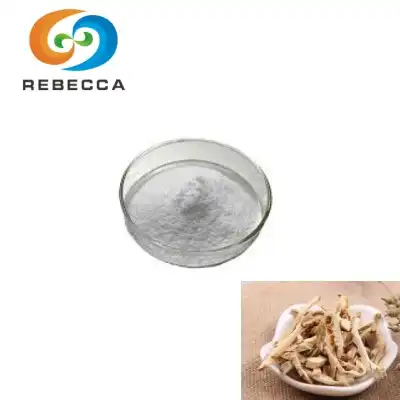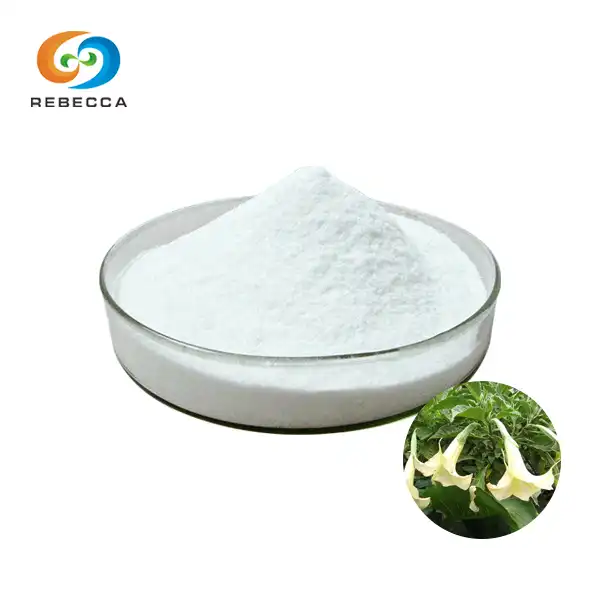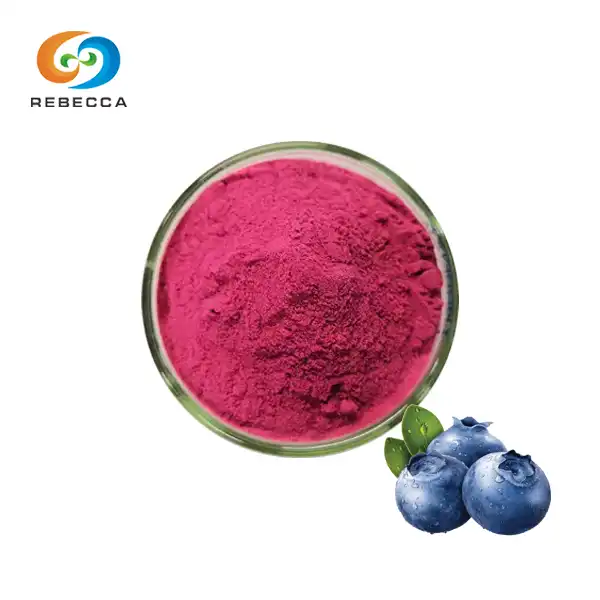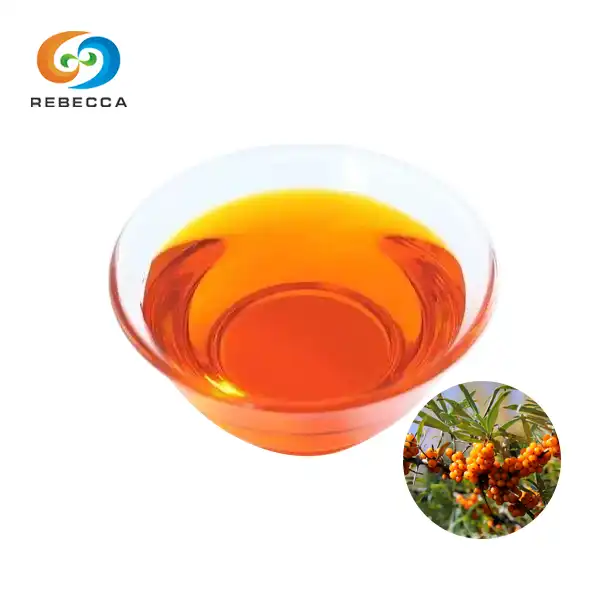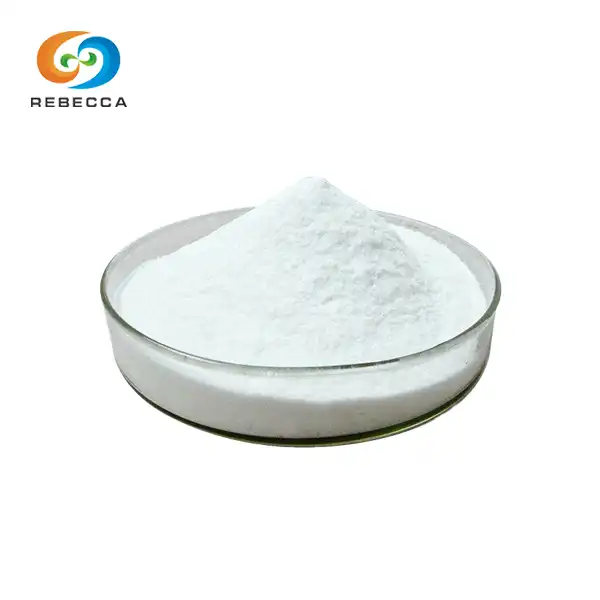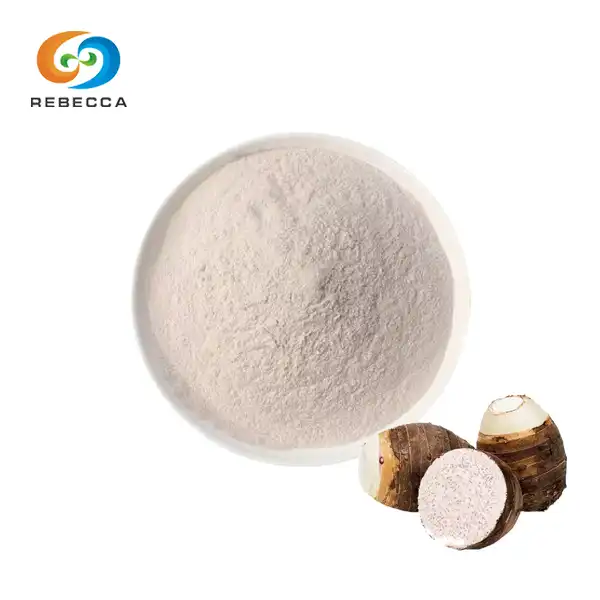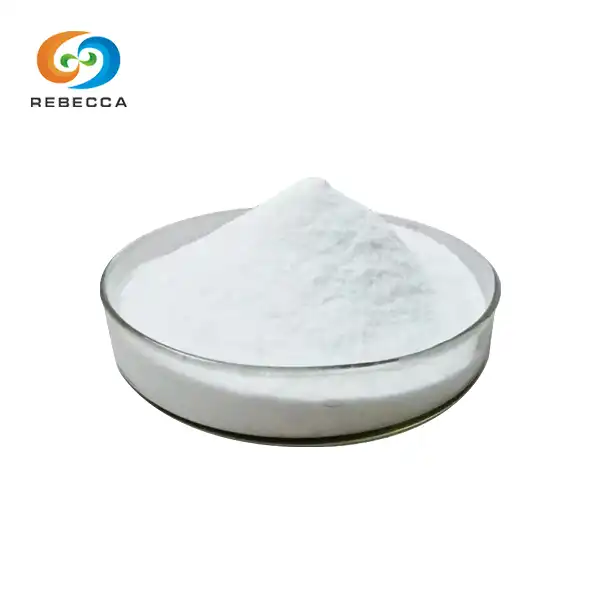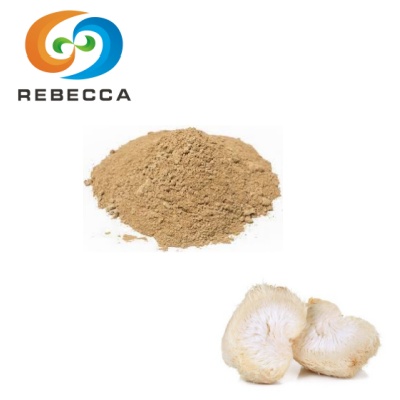How to take gastrodin powder?
gastrodin powder has gained significant attention in recent years for its potential health benefits and various applications. Derived from the rhizome of Gastrodia elata, a traditional herb used in Eastern medicine for centuries, this natural compound has found its way into pharmaceutical products, supplements, and wellness routines worldwide.

A Raw Material
In the pharmaceutical industry, high-purity gastrodin powder serves as a crucial raw material for manufacturing various medicinal formulations. This pharmaceutical-grade powder typically contains a standardized concentration of the active compound, often exceeding 98% purity, making it suitable for prescription medications and clinical applications.
Pharmaceutical manufacturers utilize gastrodin powder as a base ingredient in the production of tablets, capsules, injections, and other dosage forms. The manufacturing process involves precise measurements, specialized equipment, and strict quality control procedures to ensure consistency, stability, and bioavailability of the final products.
For pharmaceutical applications, gastrodin powder undergoes rigorous testing and validation to confirm its identity, purity, potency, and safety profile. Manufacturers must adhere to Good Manufacturing Practices (GMP) and regulatory guidelines when handling and processing this raw material. The powder is typically stored in controlled environments with specific temperature and humidity parameters to maintain its chemical integrity and prevent degradation.
It's important to note that pharmaceutical-grade gastrodin powder is not intended for direct consumer use. Instead, it serves as an ingredient that pharmaceutical companies transform into standardized, properly dosed medications prescribed by healthcare professionals. These finished products come with specific dosing instructions, contraindications, and usage guidelines established through clinical research and regulatory approval processes.
Healthcare providers may prescribe gastrodin-containing medications for various neurological conditions, including headaches, dizziness, and memory issues. Patients should strictly follow their doctor's instructions regarding dosage, timing, and duration of treatment. The pharmaceutical formulations ensure precise dosing and optimal absorption, which may not be achievable with raw powder consumption.
Research suggests that pharmaceutical preparations containing gastrodin may help modulate neurotransmitter activity, provide neuroprotective effects, and improve cerebral blood flow. These mechanisms contribute to its potential therapeutic applications in managing conditions affecting the central nervous system.

Crude Gastrodin Powder
Crude gastrodin powder represents a less processed form of the herb, typically produced by simply drying and grinding the Gastrodia elata rhizome. This traditional preparation method preserves a broader spectrum of naturally occurring compounds found in the plant, including gastrodin, along with other bioactive constituents like vanillin, vanillyl alcohol, and various polysaccharides and flavonoids.
Unlike pharmaceutical-grade gastrodin, crude powder contains a lower concentration of the primary active compound but offers a more holistic phytochemical profile. Herbalists and practitioners of traditional medicine often prefer this form for its synergistic effects, where multiple compounds work together to produce therapeutic benefits.
Users of crude gastrodin powder should be aware that the concentration of active compounds can vary between batches and suppliers. The taste tends to be earthy and slightly bitter, which some find challenging. To improve palatability, the powder can be mixed with honey, fruit juice, or incorporated into smoothies.
When sourcing crude gastrodin powder, quality considerations become paramount. Reputable suppliers should provide information about harvesting practices, drying methods, and testing for contaminants such as heavy metals, pesticides, and microbial presence. Traditional usage suggests taking crude gastrodin powder preparations between meals for optimal absorption, though specific timing recommendations may vary among practitioners.
Historical applications of crude Gastrodia elata preparations in traditional medical systems include addressing conditions like headaches, dizziness, vertigo, and various neurological complaints. Modern research continues to investigate these traditional uses while exploring the potential mechanisms behind the observed effects.

Health Supplement Powder
The most common form of gastrodin powder available to consumers is the processed extract formulated specifically for health supplementation. These products typically contain a standardized amount of gastrodin (usually between 30-98%) extracted from Gastrodia elata rhizomes using advanced processing techniques designed to concentrate the beneficial compounds while removing unwanted elements.
Supplement-grade gastrodin powder offers a middle ground between pharmaceutical purity and crude herb preparations. Manufacturers typically standardize these products to contain specific percentages of gastrodin, allowing for more consistent dosing and predictable effects compared to crude powder while remaining accessible without prescription.
For individuals interested in taking gastrodin powder as a dietary supplement, the typical recommended dosage ranges from 300mg to 600mg daily, divided into 1-3 doses. However, it's essential to follow the specific guidelines provided by the manufacturer or a healthcare professional, as concentrations can vary significantly between products.
Rebecca: Gastrodin Powder Manufacturer
Understanding the different forms of gastrodin and their appropriate uses can help you make informed decisions about incorporating this beneficial compound into your health regimen or product formulations. Whether you're a pharmaceutical manufacturer seeking high-quality raw materials, a practitioner working with traditional herbal preparations, or an individual interested in the potential health benefits of gastrodin supplementation, choosing the right form and following proper usage guidelines is essential for achieving desired outcomes.
As a leading gastrodin powder supplier, Rebecca Bio-Tech specializes in producing premium-quality gastrodin extract that meets rigorous standards for purity and potency. Our product features:
- Active ingredient: Gastrodin
- Specification: 99% Gastrodin
- Use Part: Rhizome
- Appearance: Brown yellow to white powder
- Test Method: HPLC
We maintain strict quality control protocols throughout our production process to ensure consistent purity, potency, and safety in every batch. Our advanced extraction and purification techniques preserve the beneficial properties of gastrodin while eliminating unwanted compounds.
Whether you're developing pharmaceutical formulations, creating health supplements, or supplying traditional medicine practices, our products provide the reliable quality and consistent performance your applications demand.
For more information about our products or to discuss your specific requirements, please contact our knowledgeable team at information@sxrebecca.com. We're committed to supporting your success with exceptional products and responsive service.
References
- Liu, Y., Gao, J., Peng, M., Meng, H., Ma, H., Cai, P., Xu, Y., Zhao, Q., & Si, G. (2018). A Review on Central Nervous System Effects of Gastrodin. Frontiers in Pharmacology, 9, 24.
- Zhan, H. D., Zhou, H. Y., Sui, Y. P., Du, X. L., Wang, W. H., Dai, L., Sui, F., Huo, H. R., & Jiang, T. L. (2016). The rhizome of Gastrodia elata Blume - An ethnopharmacological review. Journal of Ethnopharmacology, 189, 361-385.
- Kumar, H., Kim, I. S., More, S. V., Kim, B. W., & Choi, D. K. (2013). Gastrodin protects apoptotic dopaminergic neurons in a toxin-induced Parkinson's disease model. Evidence-Based Complementary and Alternative Medicine, 2013, 514095.
- Jang, J. H., Son, Y., Kang, S. S., Bae, C. S., Kim, J. C., Kim, S. H., Shin, T., & Moon, C. (2015). Neuropharmacological potential of Gastrodia elata Blume and its components. Evidence-Based Complementary and Alternative Medicine, 2015, 309261.
